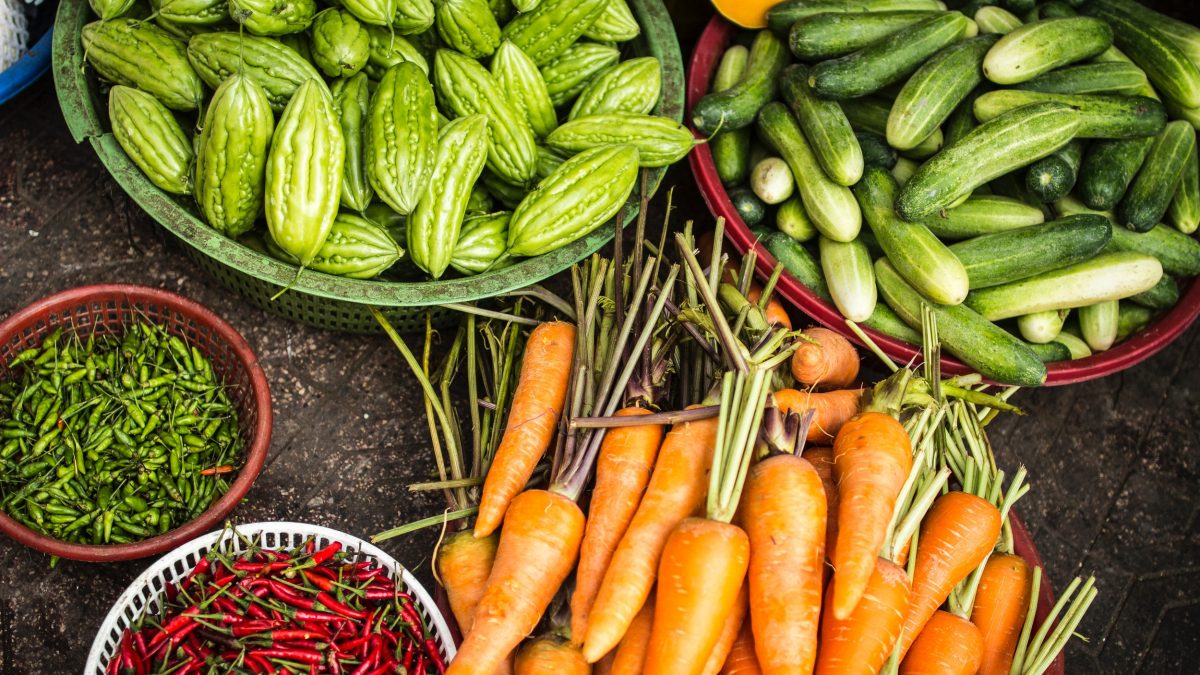By Riley Yesno
I’m scrolling through Facebook, mindlessly reviewing people’s vacation pictures and status updates when I come across a post from my grandmother. She is upset. She went to buy bread from her local food supplier and posted a picture of what was available: one loaf of white bread priced at about $16.00.
Her friends living in different communities reply to the picture with things like: “The other day it was $18.00 up here!” and, “Ever lucky, we didn’t even get any bread this time — it was all squished”.
My grandmother and her friends all live in remote reserves in Northern Ontario and with this Facebook post, they are illustrating the reality of what food insecurity looks like for a significant number of remote, rural, and northern Indigenous communities in Canada. Exorbitant prices for a limited amount of food with very little nutritional value.
Food, in northern, rural, and isolated Indigenous communities must be imported primarily by plane or cargo ship, meaning fresh food is scarce and expensive. Non-perishable, largely unhealthy food sources are the cheapest and most abundant.
According to Canadian Feed the Children, rates of food insecurity for Indigenous people range from 21 to 83 percent, compared to three to nine percent for non-Indigenous Canadians. The problem is especially severe in Nunavut where, in 2014, almost half of all households were severely food insecure. While there are a number of contributing factors to the high rate of food insecurity among Indigenous people in Canada, the remoteness and isolation of many Indigenous communities, compounded by high rates of poverty, makes access to sustainable and healthy food sources an acute problem.
Indigenous communities are being punished for their isolation in the form of hunger; an injustice which should be viewed as nothing less than a crisis. Beyond the clear moral and ethical responsibility to address the crisis, the Canadian government is obligated to eliminate food insecurity among Indigenous communities under their commitment to the 2030 Agenda for Sustainable Development.
The second SDG is “Zero Hunger”. To achieve this goal, states are meant to “end hunger, achieve food security and improved nutrition, and promote sustainable agriculture”. The second SDG is one of only two (along with goal 4) which explicitly mentions Indigenous people as demographics to be considered key in the goal’s achievement.
Last year, Canada’s newly created SDG unit released their Voluntary National Review on the implementation of the 2030 Agenda SDGs to date. Despite all the mention of progress and commitment included in the review, I cannot help but notice that there is one term critically missing from Canada’s engagement with the second SDG: food sovereignty.
Food sovereignty describes the right of a group of people to healthy and culturally appropriate food, attained through self-determined and sustainable systems/methods of production. If food security looks like reliable and affordable access to healthy food, food sovereignty is the means by which Indigenous people achieve that state.
While there is no one-size-fits-all model of for Indigenous food sovereignty practices, the Indigenous Food Systems Network has identified several key principles which must guide the food sovereignty movement. Indigenous communities must recognize and uphold our sacred responsibility and relationships with the land, plants, and animals which provide us with food. Food sovereignty must be participatory and action-oriented at every level, from the individual to the regional, so practices can be passed on sustainably throughout generations. There must be freedom from dependence on grocery stores and corporate food industries.
Indigenous people need to be able to reclaim their traditional food production, distribution and consumption practices that have been lost and damaged through colonization. This is no easy task and made especially difficult as laws and policies in Canada influence hunting, fishing, farming, forestry and a host of environmental practices in the communities where food-insecure Indigenous people live. These laws and policies which are irreconcilable with Indigenous food and cultural values.
If Canada is to achieve the second SDG and ensure the same rights and access to healthy, sustainable, food sources for Indigenous people that most non-Indigenous people living in this country are ensured, investment in status-quo solutions will not suffice.
What needs to be seen is meaningful consultation that supports the self-determination of Indigenous communities; provision of pathways to the reclamation of traditional food practices for all Indigenous people; and the revision/abolition of colonial laws and policies that limit the control Indigenous people have over their lands and lives.
My hope is not that my grandmother and her friends can get food subsidies so the grocery store is more affordable, my ultimate hope is that she has access to food from the land and water, shared amongst our community, so she doesn’t have to go to the grocery store at all.
The first step is for Canada to acknowledge that a country where Indigenous people have food sovereignty, is a country far less likely to be hungry.

